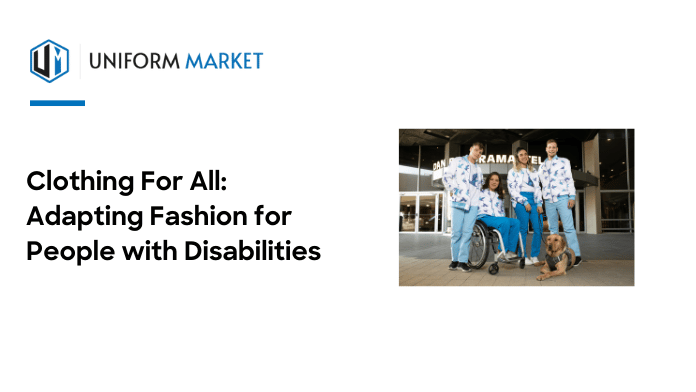Most of us button our shirts or tie our shoelaces without thinking twice, but for the billion people worldwide who live with disabilities, it can be a daily challenge.
A Tel Aviv-based startup is addressing this issue by encouraging fashion brands to make their clothing more accessible by using magnetic buttons, Velcro closures, and clasps to allow fastening while sitting, standing, or lying down.
Many garments can be easily adapted to be suitable for both people with and without disabilities.
Clothing for all
Palta operates the world’s first certification program for inclusive garments and products for people who have difficulty dressing due to autism, cerebral palsy, arthritis, or other motor impairments. Its certification examines data and user feedback, as well as 3D modelling, to improve the inclusivity of brands’ clothing.
“Palta is leveraging data to democratize the fashion world and apply the next generation of shopping and dressing for the largest minority in the world,” says Shay Senior, CEO and Co-founder of Palta.
“We offer companies an entire package to become more inclusive, from the shopping experience to the dressing of the individual.”
What makes it more unique?
Palta’s inclusive design incorporates Braille tags, 3D printed Braille catalogs, digital (QR code) labels that connect to a chatbot service, smart fabrics, and multifunctional clothing.
Senior founded Palta after he injured his right arm during his military service in the IDF (Israel Defense Forces) and underwent a long rehabilitation process. He suffered pain from many daily activities, such as grasping objects and shaking hands.
“I noticed that the conversation around me changed depending on the brand of clothes that I chose to wear that day. I realized how much influence clothes have on who we are and what we represent,”
‘It made me so interested in this topic, and made me realize that people with disabilities aren’t really included and do not have a space within the fashion world.’
Palta’s first major accomplishment was designing the official uniform for Israeli athletes competing in the Paralympic Games in Tokyo in 2020. It used its methodology, which includes data analysis, user feedback, and 3D modelling, to create a collection that was inclusive of all participants.
Each outfit was created to be as accessible as possible in order to accommodate the widest range of needs and impairments. Some outfits, for example, had increased circumference width for those with bionic arms. Others with mobility issues had their uniforms altered, which meant the difference between being able to dress independently and not requiring assistance.
Palta plans to expand its inclusivity into new fashion categories (including shoes and accessories), assist more brands in becoming more accessible to people with disabilities, and design collections for numerous delegations at the Paris 2024 Paralympics.
Also read: DuPont teams up with Heriot-Watt University to reimagine PPE design













